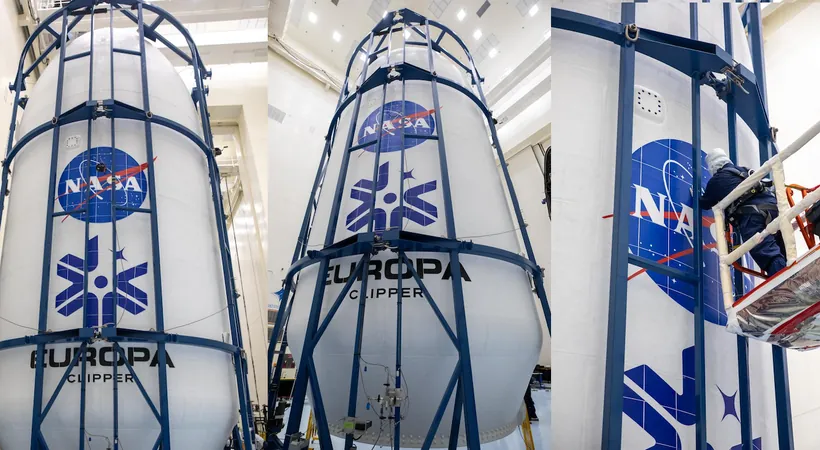
Unveiling the Microbial Mysteries: How Metagenomics is Transforming Plant Science
2024-10-02
Hidden beneath the surface of our understanding lies a vast universe of microbes—more abundant than the stars in our galaxy, yet only a fraction has been discovered. Exciting developments in a field known as metagenomics, a novel DNA sequencing technique, promise to revolutionize our knowledge of these elusive life forms. Researchers from Penn State University are pioneering this approach to unlock the secrets of microorganisms that play critical roles in plant health.
Dr. Verónica Román-Reyna, an assistant professor at Penn State's College of Agricultural Sciences, emphasizes the staggering numbers: leaves can harbor up to 100 million bacterial cells per gram, while the rhizosphere—the area around plant roots—can contain up to 1 trillion bacteria. These microbes have tremendous potential to either support or jeopardize a plant's well-being. Despite their importance, most of these microorganisms are beyond the reach of conventional research methods, limiting our understanding of their impact.
Together with her colleague, Dr. Sharifa Crandall, Román-Reyna argues in their recently published paper in *Frontiers in Plant Science* that metagenomics can provide invaluable insights. This technique allows scientists to analyze genetic material directly from environmental samples—whether from leaves, soil, or air—thus revealing the complex interplay of microbial communities nestled within these habitats.
Why Know About Microbial Communities?
The necessity of identifying and learning about these microbial communities stems from the threats posed by plant pathogens. Diseases triggered by fungi, bacteria, and other microorganisms can devastate crops, with the U.S. Department of Agriculture estimating losses due to fungal pathogens alone at between 10% to 20%. Understanding how these pathogens interact with the plant microbiome can inform management strategies, potentially alleviating food insecurity issues worldwide.
Metagenomics Explained
Typically, researchers study individual microbes by isolating and culturing them in laboratories. However, the vast majority of microorganisms defy this approach, remaining hidden from scientific investigation. Metagenomics breaks this barrier by allowing for a comprehensive examination of genetic material found in bulk environmental samples. This revolutionary method enables scientists to examine entire microbial communities in a single analysis, fostering deeper insights into their structure and functions.
The Need for Metagenomics in Plant Science
Incorporating metagenomics into plant science offers two significant advantages: enhanced understanding of microbial ecology and improved disease diagnostics. By studying microbial interactions, researchers can uncover how microorganisms communicate and share genetic traits such as antibiotic resistance. Furthermore, metagenomics facilitates the rapid detection of difficult-to-culture pathogens, providing an unbiased method for identifying potential threats in environmental samples.
The Future Impact of Metagenomics
As metagenomics matures, its applications in plant pathology become more promising. The approach allows scientists to investigate the causes behind plant diseases—be it the emergence of new microbial species, the reappearance of pathogens, or adaptations shifting in response to environmental changes. This methodology stands to expand our repository of information on plant diseases, enabling us to tackle challenges in agriculture more effectively.
As we continue to peel back the layers of microbial life surrounding plants, metagenomics heralds a new era of agricultural research—one that can potentially safeguard food security and enhance our understanding of ecosystem dynamics. The journey to uncover hidden microbial treasures has only just begun!









 Brasil (PT)
Brasil (PT)
 Canada (EN)
Canada (EN)
 Chile (ES)
Chile (ES)
 España (ES)
España (ES)
 France (FR)
France (FR)
 Hong Kong (EN)
Hong Kong (EN)
 Italia (IT)
Italia (IT)
 日本 (JA)
日本 (JA)
 Magyarország (HU)
Magyarország (HU)
 Norge (NO)
Norge (NO)
 Polska (PL)
Polska (PL)
 Schweiz (DE)
Schweiz (DE)
 Singapore (EN)
Singapore (EN)
 Sverige (SV)
Sverige (SV)
 Suomi (FI)
Suomi (FI)
 Türkiye (TR)
Türkiye (TR)